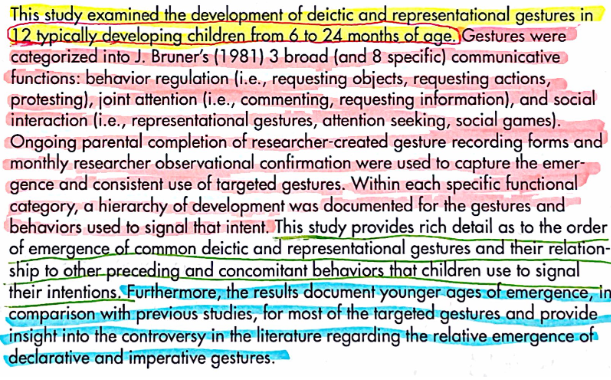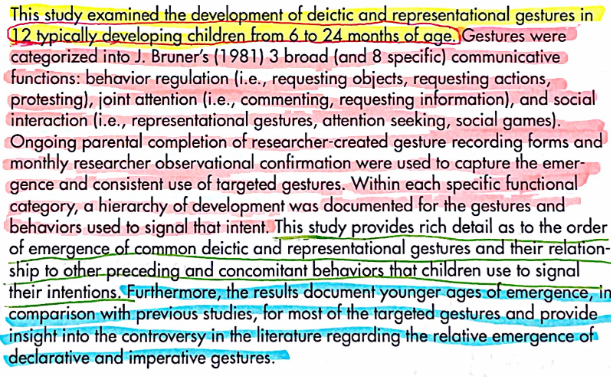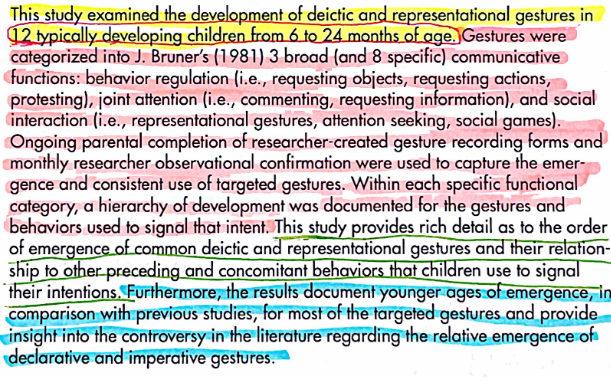SLP 102 QUIZ 1
1/45
There's no tags or description
Looks like no tags are added yet.
Name | Mastery | Learn | Test | Matching | Spaced |
|---|
No study sessions yet.
46 Terms
Expressive Language
The ability to convey meaning and thoughts through the production of words and sentences, retelling of events and stories, and engaging in conversation
Receptive Language
The understanding of spoken language, sometimes referred to as auditory comprehension
Phonology
Representation of the sounds (not letters) we are saying (what we read and write)
Morphology
The formation of words and parts of words
Syntax
How we form words and phrases into sentences
Semantics
The meaning of words, sentences, stories, and conversations in a language (m in semantics and meaning
Pragmatics
Use of language in a social context
Speech
How you say a word
Communication
The message you are trying to get across
Language
What you say
Respiration (breathing)
“Power source” for speech, and need the air from your lungs in adequate amounts
Phonation (sound production/vocal box)
Sounds produced by vibration in our mouths
Articulation (how we shape that sound)
Helps shape the sounds for speech. Need movement in your jaw, tongue, teeth, palate, or cheeks
Domain General
Language is shared
Domain Specific
Language is special. Our brains acquire language through different processes and strategies
Nativism (Nature)
We are born to naturally learn language
Empiricism (Nurture)
Language is learned over time and depends on what we are exposed to as a young child
Two ways the temporal lobe supports language development
Wernicke's Area and Heschl’s gyrus
Why might a child need extra support to develop language if their sensory system(s) (e.g., hearing, vision) is/are impaired or atypical?
They might not be able to produce and understand spoken words, comprehend the language, and learn proper syntax
What is child-directed speech?
The way parents speak to their children
Who uses child-directed speech?
The parents of the child
Who hears child-directed speech?
The child
What are some features that describe what child-directed speech sounds (or looks) like?
Higher pitch, slower rate, simpler syntax, repetition, and emphasizing certain words
What is the “30 million word gap”?
The discovery that kids who grow up in poverty hear 30 million fewer words by age 3
One criticism of the “30 million word gap”
Using the word gaps is a deficit model of thinking and puts unnecessary pressure on kids
Joint Attention
Being able to pay attention to two things at once
One way that joint attention helps children acquire language, speech, and/or communication.
Allows children to learn new speech patterns and expand their vocabulary
What are contingent responses?
Reactions that are timely, relevant, and build on what someone else has said or done.
How do contingent responses support children’s communication development?
It models for children how a conversation works.
Communicative Intent
The use of gestures, facial expressions, words, and/or written words to deliver a message.
How can we usually tell if a child’s behavior is exhibiting communicative intent (i.e., if the child is actually trying to communicate something to another person)?
Reaching, crying
Development
The process by which children learn to understand and communicate using language
What stage of vocal development comes first?
Cooing (Birth to 2 months)
What stage of vocal development comes second?
Laughter (1- 4 months)
What stage of vocal development comes third?
Marginal babbling (3-8 months)
What stage of vocal development comes fourth?
Reduplicated babbling
What stage of vocal development comes fifth?
Variegated babbling
What stage of vocal development comes last?
Jargon (10-18 months)
Schema
Mental file folder
Principles and parameters theory of language development
Language acquisition is based on an innate (inborn) structure in the human brain. The LAD is a part of the human mind that provides children with the ability to grasp the basic structure of a language
One way to implement the Principles and Parameters theory to help children in developing language
Ask and support W & H questions
Accommodation
Changing an existing schema to make the next entity fit

What part of this research abstract is the participants?
Circled in red (who will we test?)

What part of this research abstract is the methods?
Pink (how are we going to answer those questions?)

What part of this research abstract is the results?
Underlined in green (what was the outcome of what we did?)

What part of this research abstract is the discussion/conclusion?
Blue (what sense can we make from the results?)